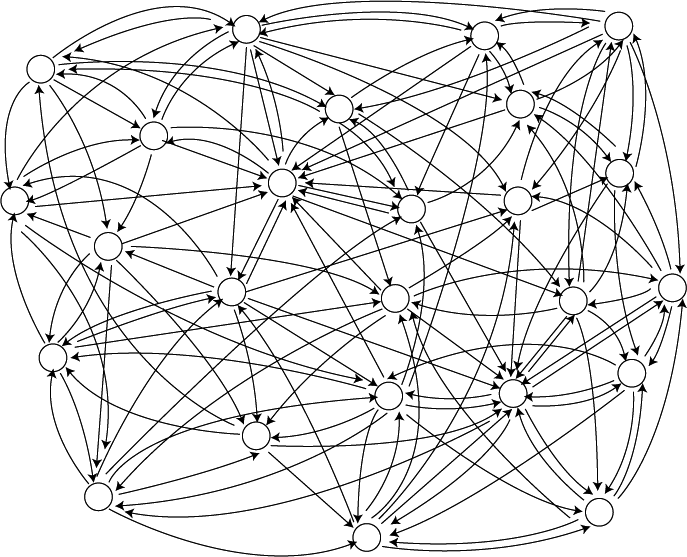Why Rely on Social Signals?
Google was first established in 1996 based on the concept of PageRank, where links from third-party websites would serve as votes for the quality of the site receiving the links. This was a valuable concept because the Web evolved as an environment where creating great content was rewarded through links and the cross-referencing of other great content (a natural result).
The collection of data on all the links of the Web, which is referred to as the link graph, is an enormous computational task that results in a map of who links to whom—a vast diagram of the interconnectivity of the Web. Figure 8-1 shows a conceptual representation of the link graph. From this, search engines can extract valuable signals to identify relevant web pages in response to a particular search query.

Figure 8-1. The link graph is a map of all of the World Wide Web’s hyperlinks
As originally conceived, however, this system was dependent on the links existing being given as true editorial citations. In other words, the assumption was that publishers would give links because they genuinely wanted to send visitors from their sites to the linked-to sites, solely because they were great resources. This was seen as the only incentive that the publishers providing the links had for doing so. Links were, in fact, the first social signal used by search engines to aid in ranking web pages.
Get The Art of SEO, 2nd Edition now with the O’Reilly learning platform.
O’Reilly members experience books, live events, courses curated by job role, and more from O’Reilly and nearly 200 top publishers.

